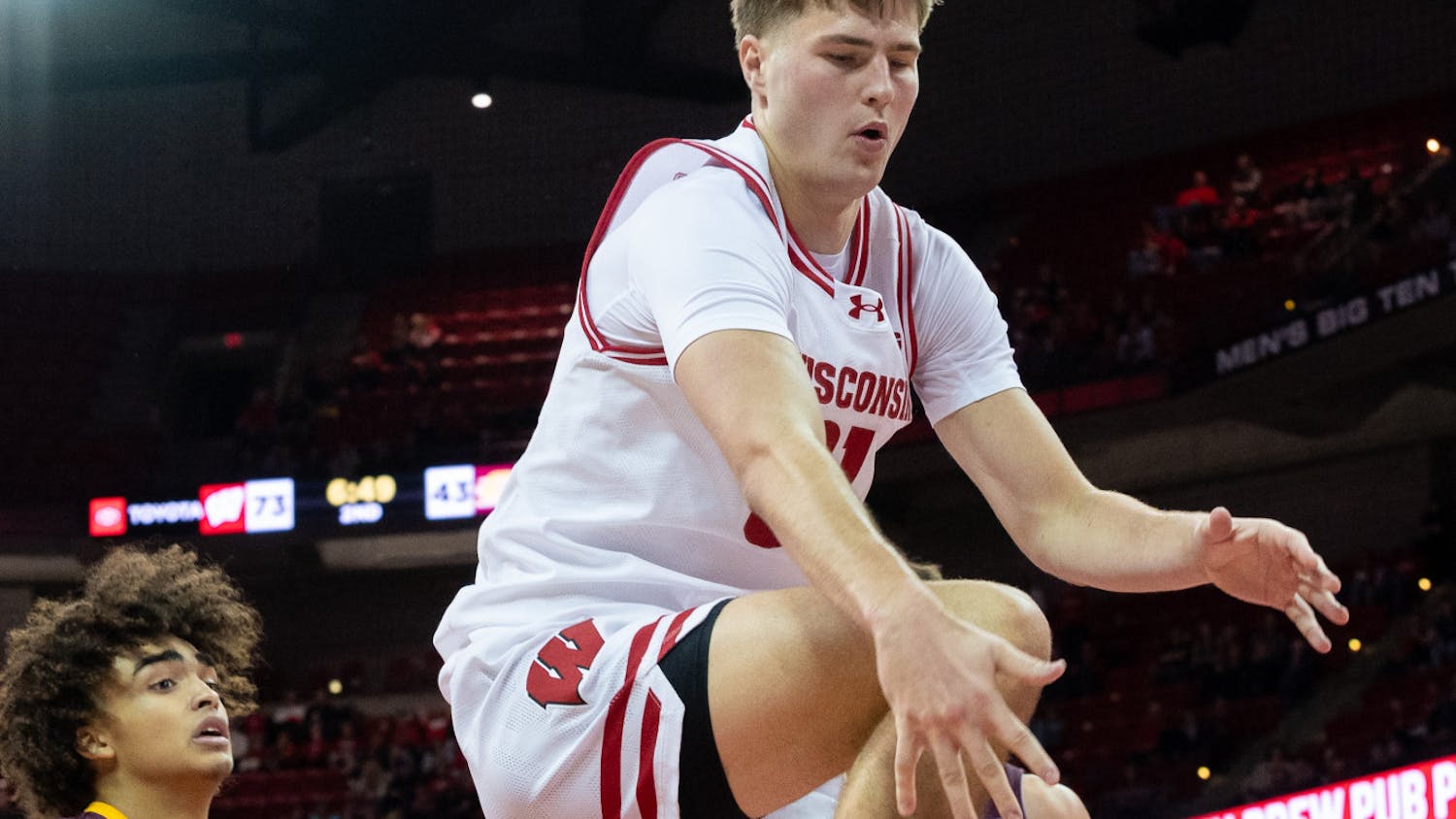One week into the 2017 MLB season designates the beginning of overreaction theatre. Bravo! Big league and fantasy managers alike will respond to a week of evidence in favor of longstanding trends and principles of smart decision making as they scramble to keep their ships afloat. Much volatility exists in player performance in baseball, and making sense of the noise affords tremendous opportunity for fantasy owners. A critical question must be asked: What do we respond to and what do we ignore?
Fantasy owners stand to benefit from the use of tools to help them evaluate the meaningfulness of early performances. A fangraphs summary of research done by Russell Carleton illustrates the varying stability of crucial performance metrics. Batting average takes over 900 at bats, or more than anyone has ever had in a season, to stabilize.
This may feel intuitive; of course we know J.T. Realmuto won’t hit .500 for the season after doing so for one week. But fantasy owners still tend to overreact to small samples; Sandy León’s ownership has quintupled in ESPN leagues because he batted .438 this week. Yet León has an absurdly unsustainable batting average on balls in play of .462 so far. The highest BABIP by a catcher with 450 or more plate appearances since 2000 is Jorge Posada’s 2007 mark of .386. León’s luck will run out. Batting averages can be effectively disregarded at this point.
Similar to batting average, the popular pitching statistic ERA effectively never becomes stable over time. An anecdote to support this lies in Clayton Kershaw’s 2015 campaign. On May 25, his ERA sat at an unsightly 4.32. He finished the year with a 2.13 ERA and more than 300 strikeouts in one of the best fantasy seasons in recent memory. Ignore ERA as well when making decisions.
So if we shouldn’t respond to the most popular and salient statistics, how do we make decisions at this point? The truth is, there is essentially no statistic that carries much weight this early in the season. Even skill-based metrics, which plateau quickly, such as strikeouts and walk rates for hitters are too volatile to trust at this juncture. This means Byron Buxton owners can relax about his atrocious 52 percent strikeout rate, which would be the worst in MLB history if sustaining it were even remotely plausible. Fantasy owners are being fooled by this though, as Buxton is the third-most dropped batter in ESPN leagues. Depending on your league settings, he is worth a speculative add. He carries tremendous upside with little risk. Adding him won’t cost you much if his struggles persist, but he could be an absolute monster and win you your league.
The most important news of the first week is player roles, particularly with relief pitchers in regards to fantasy implications. In leagues that heavily award saves, most closers need to be owned while almost all setup men can be an afterthought. Managers tend to be consistent and loyal, so we can trust the hurlers getting save chances now will get them going forward. Greg Holland is getting the ninth inning for Colorado, so Adam Ottavino owners can look to move on.
Other places to look for roles impacting fantasy value are playing time. For example, it looks like the Cardinals will be platooning Jedd Gyorko and Kolten Wong. The Mets are still not giving Michael Conforto the full time job, so it can be tough to hang on to him with limited bench slots.
Paying attention to lineups can also glean much about players’ future roles and how their fantasy value will be impacted. The middle of the order is usually fairly predictable for many teams, but managers tend to make head-scratching moves with their 2, 6 and 7 hitters. Give a slight uptick in value to the players hitting higher in the lineup, as they will have more at bats and chances to score runs.
In summation, we should be ignoring 2017 stats, but closely monitoring playing time and roles. If your league mates are dropping or trading players based on their stats so far, by all means, take advantage and secure lopsided transactions in your favor. In the coming weeks, we will want to start looking at trends in certain skill-based metrics as the window for buying low and selling high will widen. For now, don’t look at your league standings and trust your principles. More than 95 percent of the season lies ahead of us.
Have any feedback or questions for Dylan? Email him at dylananderson100@gmail.com.





